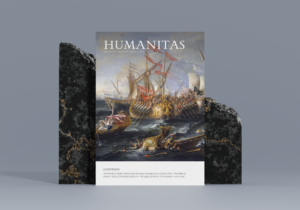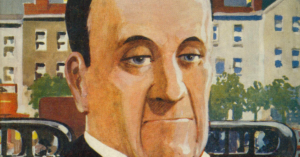

Aspiring educators often wonder about the best pathway to follow to achieve their career goals. While an undergraduate degree in education may seem like the obvious choice, a liberal arts degree followed by a Master of Teaching has several advantages that make it a superior option.
What is a liberal arts degree?
A liberal arts degree encompasses a diverse range of disciplines, including literature, history, philosophy and the sciences. Rather than focusing solely on vocational training, a liberal arts degree emphasises critical thinking, communication skills, cultural literacy, and a comprehensive understanding of the human experience. This holistic approach equips individuals with the intellectual flexibility and adaptability needed to navigate an ever-changing world, making it an ideal foundation for various career paths, including teaching.
The link between liberal arts education and classroom excellence
Liberal arts-educated teachers bring a unique and valuable perspective to the classroom, setting them apart from their counterparts who have devoted their undergraduate years to education degrees. Their interdisciplinary background fosters a deep understanding of various subjects, which enriches their teaching practice in numerous ways.
By drawing from a wide range of disciplines such as literature, history, philosophy, and the sciences, liberal arts-educated teachers can offer diverse perspectives and insights into classroom discussions. Moreover, their ability to connect seemingly unrelated concepts and think creatively enables them to adapt their teaching methods to meet the individual needs of their students.
Career Opportunities
For students with an undergraduate degree in liberal arts, seeking to progress to a career in teaching, Australian institutions offer a range of postgraduate study options tailored to enhance their pedagogical skills and expertise. While not having a bachelor’s degree in education may seem like a disadvantage, any gaps for liberal arts graduates are more than covered in postgraduate programs such as a Master of Teaching, which provide intensive training and practical experience for aspiring educators. Master’s degrees also offer specialised streams for primary or secondary teaching, allowing students to focus on their preferred age group. Some universities also offer a Graduate Diploma of Education which equip students with the necessary pedagogical knowledge and provide opportunities professional development.
A liberal arts degree followed by a Masters in Teaching can also open up more career opportunities in the education sector beyond classroom teaching. Graduates with this combination of education and training may be well-suited to roles in educational leadership, curriculum design, educational technology, or education policy-making. These roles require a broad range of skills and knowledge, including critical thinking, communication, creativity, and cultural awareness, which are all developed through a liberal arts education.
While an undergraduate degree in education may seem like the most direct pathway into the teaching profession, a liberal arts degree followed by a Masters in Teaching can provide a more well-rounded and versatile education that better prepares individuals to be effective and innovative educators, as well as open up opportunities for advancement and leadership within the education sector.





